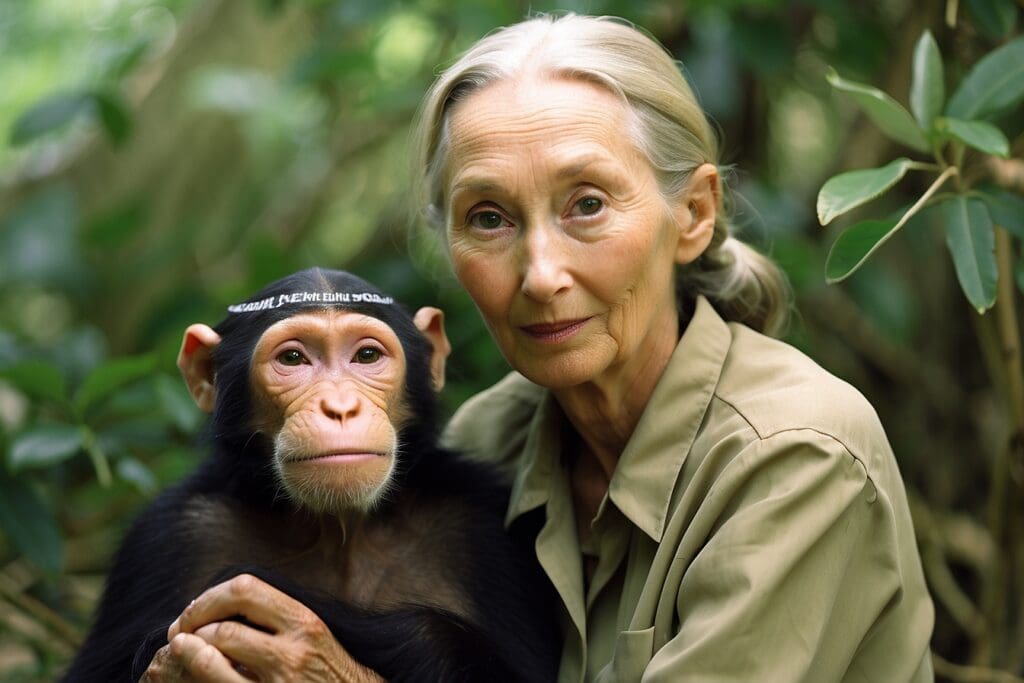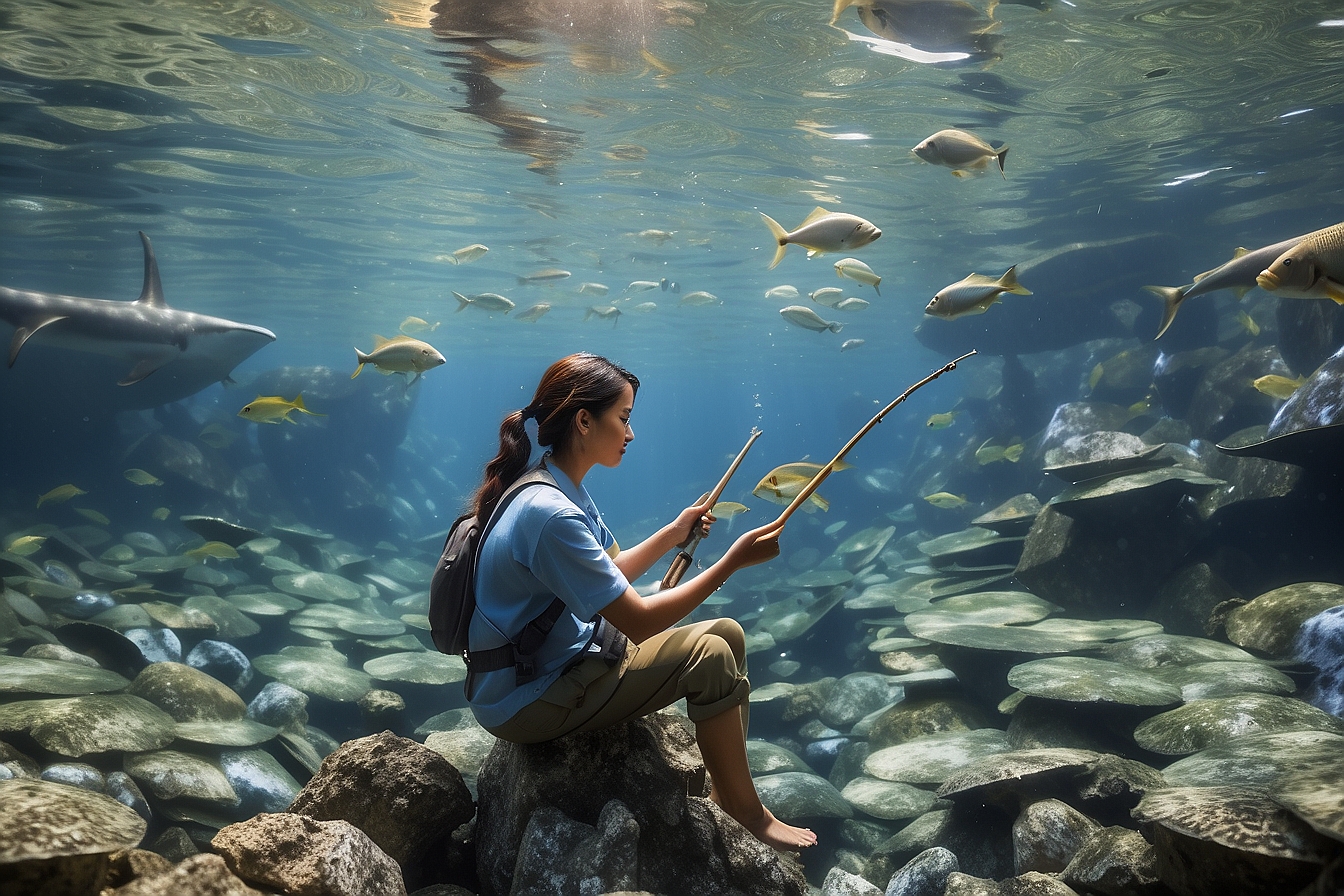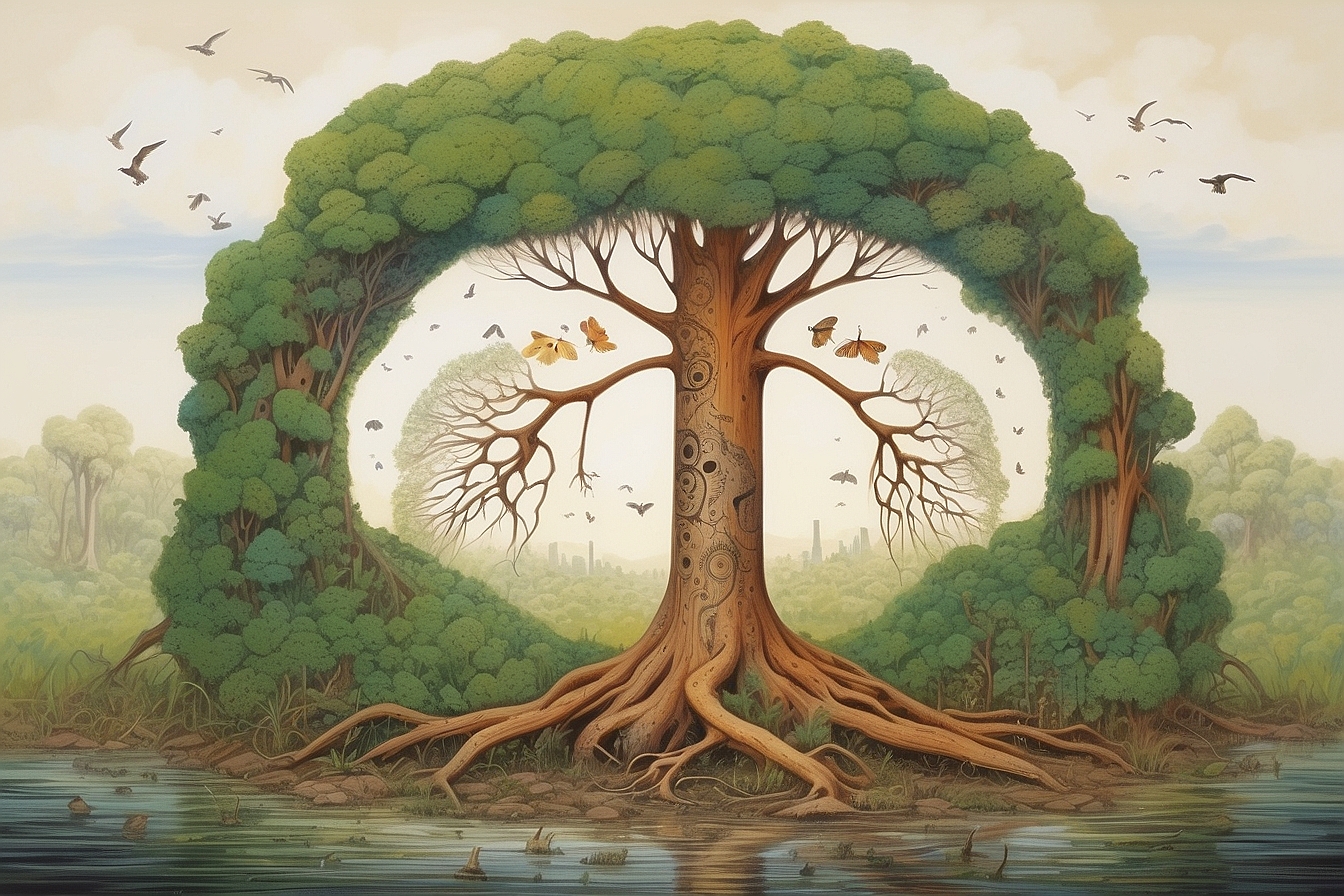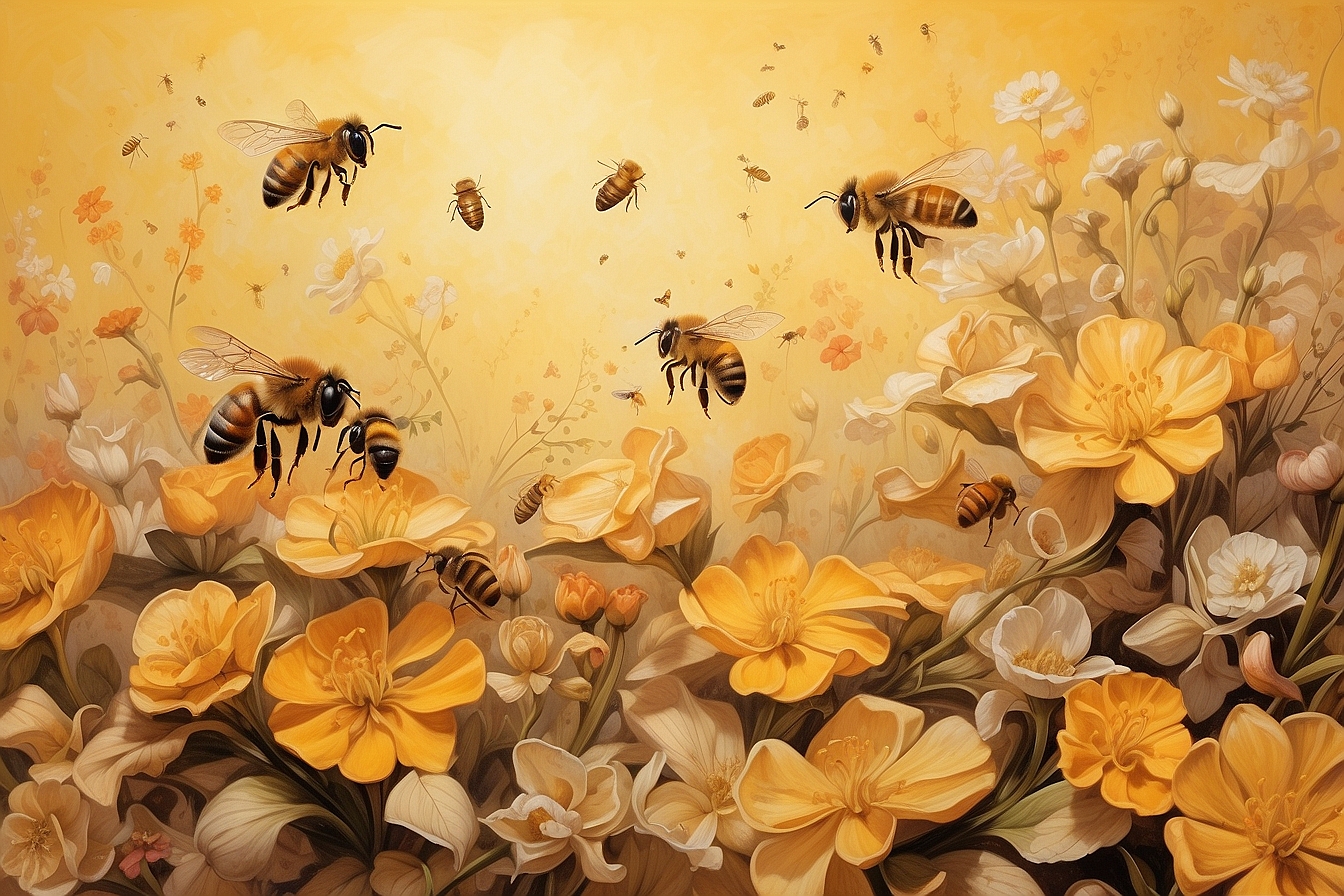Jane Goodall – scientist, activist, educator, the list goes on. Her fascinating and inspiring life story is one from which we can all learn lessons of patience, perseverance, and acceptance. For most of us, we think of Jane Goodall and ![]() Chimpanzees, but let’s take a deeper look at who Jane Goodall is and the importance of her work.
Chimpanzees, but let’s take a deeper look at who Jane Goodall is and the importance of her work.
Goodall’s Early Years
Valerie Jane Morris-Goodall, known as Jane Goodall, was born on April 3, 1934 in London, England. Her love of animals began almost immediately; when she was one year old, her father gave her a chimpanzee stuffed animal, which she named Jubilee and brought with her everywhere.1 However, her path to the chimpanzees in Tanzania was not a simple one. Goodall graduated from high school in 1952, but she could not afford university, so she took a job as a secretary at Oxford University. In a subsequent job, she chose the music for documentaries at a London film company.2 However, it was her friend Clo Mange’s invitation to visit Mange’s family farm outside Nairobi, Kenya that s erved to be a pivotal moment for Goodall. To save up enough money for the boat fare, Goodall moved back home and for two years worked various jobs such as waitressing and temping at the post office.3
https://youtube.com/watch?v=eeASUdvLLnY
Meeting Dr. Louis Leakey
- In March 1957, just 22 years old, Goodall traveled to Kenya by boat, a trip that took one month. Goodall has recalled that right before she boarded that ship, the Kenya Castle, she realized she had lost her passport. Amazingly, someone had found it, returned it to her travel agency, and then a representative from the travel agency came to the dock to deliver it to her. Another good omen came a day into her trip when she did not suffer seasickness, as many of her fellow passengers did.4 Two months into her visit in Nairobi, Goodall met anthropologist and paleontologist Dr. Louis Leakey, and his wife, archeologist Mary Leakey. Dr. Louis Leakey was then the curator at the natural history museum in Nairobi, and he offered her a job with him. Leakey tested her patience and ability to do repetitive tasks over the next three years. In the summers, he would bring her along to his and his wife’s fossil expeditions at Olduvai Gorge. During these expeditions, Goodall’s job was to slowly and carefully pick away at rock and dirt.5 Goodall has said of her time spent at Olduvai Gorge:
I could have learned a whole lot more about fossils and became a paleontologist. But my childhood dream was as strong as ever–somehow I must find a way to watch free, wild animals living their own, undisturbed lives–I wanted to learn things that no one else knew, uncover secrets through patient observation. I wanted to come as close to talking to animals as I could.6
Luckily for Goodall, Leakey believed in one of Charles Darwin’s theories, which was that humans and chimpanzees shared an ancestor. Leakey believed that closely studying chimpanzees in their natural habitat might illuminate whether this theory was true. In his mind, Goodall was the perfect person for this job and the perfect place was the Gombe Stream Chimpanzee Research in what is now Tanzania.7
Gombe Stream Chimpanzee Reserve
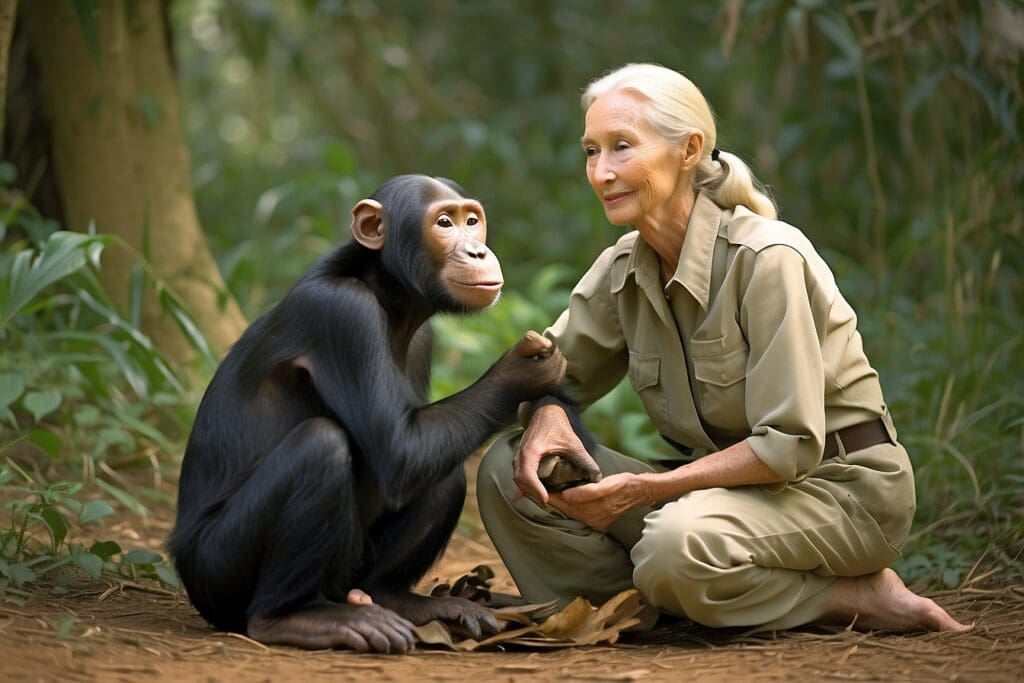
In July 1960, Goodall arrived at the Gombe Stream Chimpanzee Reserve, a place where few humans had ever ventured. In order for the local British authorities to approve Leakey’s request to have Goodall conduct field research there, Goodall’s mother Vanne had to accompany her for the first three months. It took Goodall many months to earn the trust of the chimpanzee community she was living amongst, so that she could finally begin to observe their behavior. Her observations, however, changed the way primates were viewed. She learned about the chimpanzees’ social hierarchies, tool making, omnivore eating habits, parenting styles, and diseases. In response to Goodall’s findings, Leakey stated, “Now we must redefine tool, redefine man, or accept chimpanzees as humans.”8
In 1962, Goodall was accepted to Cambridge University as a PhD student in order to continue her research. However, the scientific community criticized her methods. Other researchers believed that naming the chimpanzees (i.e. Fifi and Passion)9 was too familial and that she should give them numbers, a criticism that she ignored. Her work was put into the international spotlight when National Geographic published her first article, “My Life Among Wild Chimpanzees” in 1963.10
Beyond Gombe
Later in the 1960s and into the 1970s, Goodall’s field staff grew and the small site where she had first set up her life in the Gombe jungle became an official research station. With trained protégé now observing the chimpanzees, Goodall was able to shift her focus beyond Gombe to raising awareness for the plight of the chimpanzees. Goodall first founded the Jane Goodall Institute for Wildlife Research, Education, and Conservation in 1977, which now has offices in 23 countries. The purpose of the Jane Goodall Institute was to improve human understanding of primates and to preserve their habitats while also promoting sustainable livelihoods for local communities.11 In 1984, Goodall built off of the Jane Goodall Institute by founding Chimpanzoo, a research program dedicated to improving the quality of chimpanzee’s lives in zoos. Goodall also has efforts focused on environmental education for youth—in 1991, she founded Roots & Shoots with 16 Tanzanian students.12
These days, Goodall’s time is a whirlwind of attending conferences, giving speeches, and overseeing her organizations, with sadly little time left to spend at Gombe. From living at times alone in the Gombe Reserve to traveling about 300 days per year, Goodall has said about life on the road, “It never ceases to amaze me that there’s this person who travels around and does all these things. And it’s me. It doesn’t seem like me at all.” While she says she has not slept in the same bed for three consecutive weeks in the past 20 years, she knows her work is vital to the protection of the chimpanzees. Goodall shared, “Can you imagine what it’s like for me to hear, ‘Because of your last visit, we’re doing this work’?… But as long as I do it, it keeps happening. So you can see why I can’t very well stop.”13

